May 19, 2025 | 06:32 GMT +7
May 19, 2025 | 06:32 GMT +7
Hotline: 0913.378.918
May 19, 2025 | 06:32 GMT +7
Hotline: 0913.378.918

Since the beginning of 2025, two international wood industry exhibitions held in Ho Chi Minh City, HawaExpo and Vifa Expo, have attracted a large number of international buyers to connect and trade. Photo: Nguyen Thuy.
Vietnam's wood processing industry has been affirming its solid position on the global trade map, not only with impressive export turnover but also thanks to strong and sustainable development. From a country that mainly exports raw materials, Vietnam has become one of the world's leading centers for producing and supplying wooden furniture and interiors.
Nguyen Tuan Hung, Head of the Department of Forestry and Environment Processing and Trade (Ministry of Agriculture and Environment), said that the wood and forestry industry aims to achieve an export turnover of USD 18 billion in 2025, aiming for USD 25 billion by 2030.
In particular, the forestry industry aims to develop with green growth by 2030, with 100% of forest areas certified for sustainable forest management and 20% of natural forest areas upgraded in quality. For wood and forest products processing and trading, prioritize using modern, automated, specialized equipment, creating high-value-added products. Develop high-quality human resources, upgrade facilities... Also, prioritize the development of wood trading centers, build an international wood products trading center, and open the market.
However, the wood industry faces significant challenges, such as the impact of the COVID-19 pandemic, international political tensions, and especially high tariffs from the US. In particular, President Donald Trump's new tax policies require the Vietnamese wood industry to have a timely response strategy.
Nguyen Tuan Hung said that currently, the decrees, circulars, and regulations had been entirely issued by the Ministry of Agriculture and Rural Development (now the Ministry of Agriculture and Environment) to comply with international regulations on wood, wood products, and non-timber forest products to develop in association with green growth, low emissions, and environmental protection.
In addition, the Vietnamese wood industry has been standardizing quality to meet international standards such as the Lacy Act (USA), the Law on Combating Illegal Logging (Australia), the Clean Wood Act (Japan), the Law on Sustainable Wood Use (Korea) and the European Union's regulations on combating deforestation.
"These efforts not only help the industry develop but also contribute to the goal of reducing emissions and protecting the environment," said a representative of the Department of Forestry and Environment (Ministry of Agriculture and Environment).
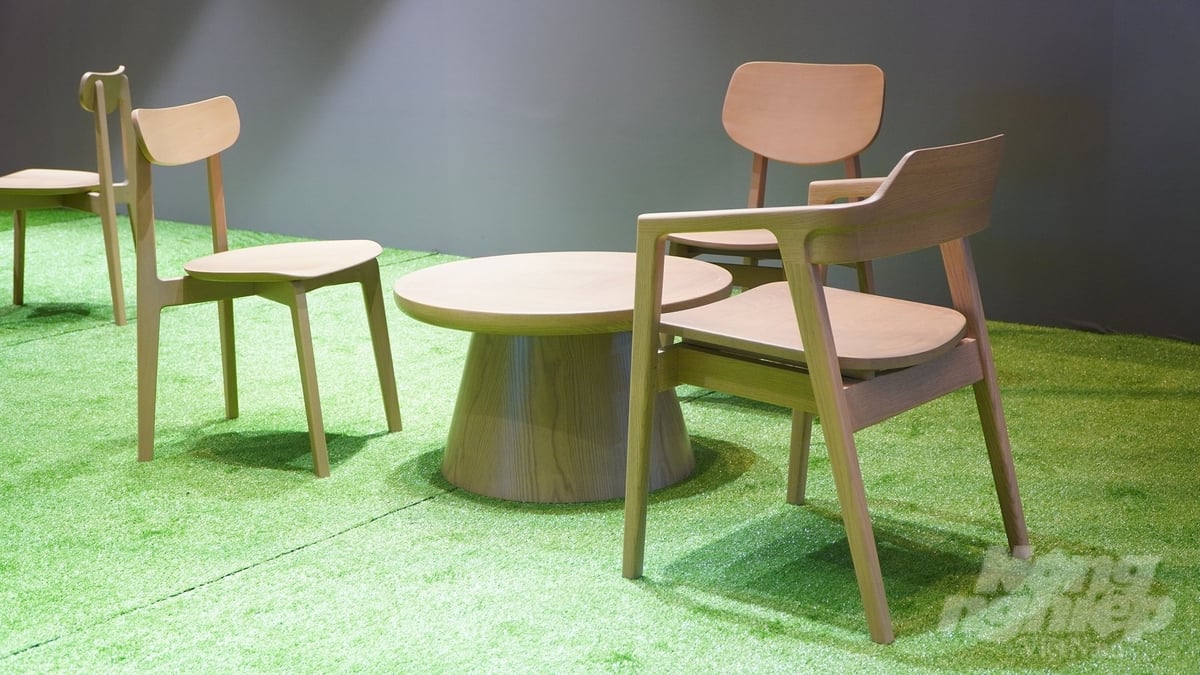
Vietnam is one of the world's leading centers for manufacturing and supplying wooden furniture and interior decoration. Photo: Nguyen Thuy.
Vu Ba Phu, Director of the Trade Promotion Agency (Ministry of Industry and Trade), assessed that domestic wood and furniture enterprises are increasingly proactive in improving product quality, increasing added value, and gradually building Vietnamese brands in the international market.
This is thanks to the continuous efforts of enterprises to innovate technology, improve product quality, comply with international standards, and increase value in each product line.
“With the trend of green consumption and increasingly stringent requirements from the international market, the Vietnamese wood industry has been promoting the application of sustainable materials, improving models and creative designs, and optimizing the supply chain to meet the diverse needs of global customers,” said Vu Ba Phu, adding that to support the Vietnamese wood industry to keep up with the trend, the Trade Promotion Agency will continue to accompany associations and enterprises. Also, strengthen trade promotion and brand building for Vietnamese wood products.
In addition to organizing domestic exhibitions and fairs such as HawaExpo, VifaExpo... it is necessary to expand the ability to provide specialized trade promotion services of Associations such as organizing foreign trade delegations, researching potential markets, organizing international conferences, training on design, digital transformation, green transformation, developing brands with more in-depth and technical knowledge...
According to Nguyen Tuan Hung, Head of the Forest Products Processing and Trade Department, Department of Forestry and Environment, wood industry enterprises need to be proactive in adapting to policies and mechanisms put forth by importing countries, such as the carbon border adjustment mechanism (CBAM); regulations against deforestation and forest degradation (EUDR).
On the other hand, the green development trend in Vietnam's forestry industry also poses requirements for enterprises, such as using renewable materials and sustainable forest management. Therefore, businesses need to change in a green direction.
Translated by Huong Giang
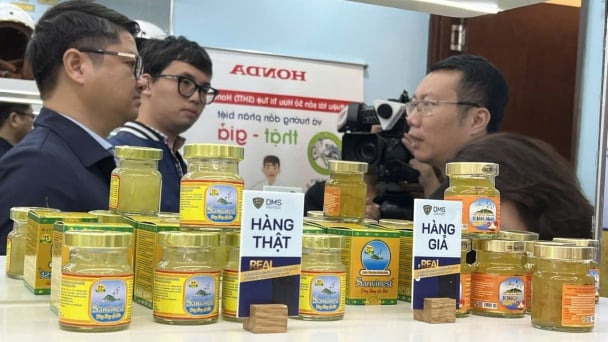
(VAN) In the face of counterfeit and imitation products, Khanh Hoa Salanganes Nest Company hopes for the prompt completion of the legal framework, strict enforcement against violations, and protection of the bird’s nest brand.
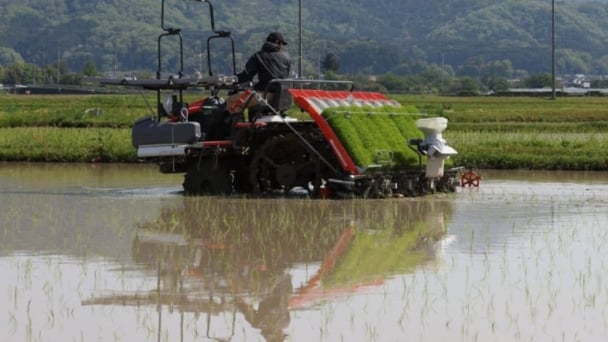
(VAN) Japan's efforts to lower the price of rice through the release of its stockpile may finally be making some progress, albeit at a snail's pace.
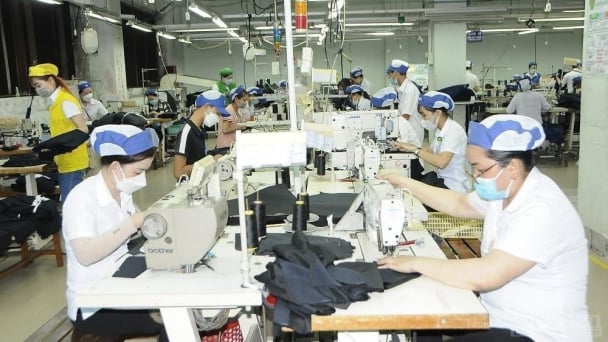
(VAN) U.S. tariffs are not only a 'shock', but also an opportunity for Vietnamese businesses to renew their mindset toward comprehensive development.
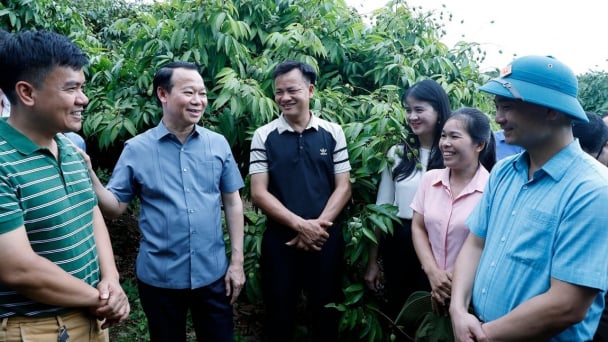
(VAN) As Bac Giang lychee enters the harvest season, Minister Do Duc Duy expects that the fruit will contribute greatly to agricultural exports due to standardized production and deep processing.
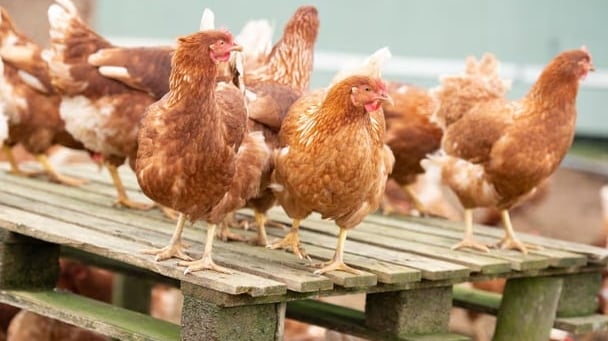
(VAN) Consumers have shown a preference for free-range eggs, but those farming systems are more vulnerable to biosecurity risks like bird flu.
/2025/05/09/5701-1-184335_301.jpg)
(VAN) Vietnam’s eel exports nearly doubled thanks to a mud-free farming model, opening up new prospects while still facing numerous barriers related to international standards.
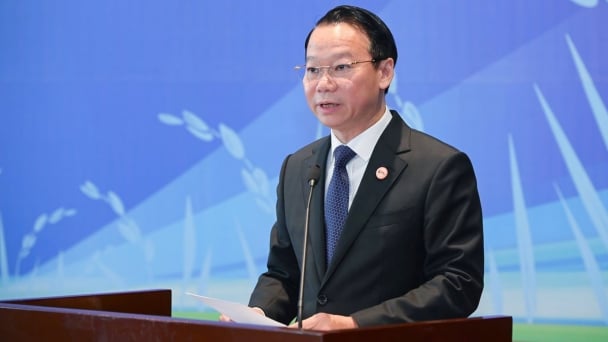
(VAN) Minister Do Duc Duy warned that if production is not professionalized and supply chains are not transparent, the U.S. market could become a growth bottleneck.